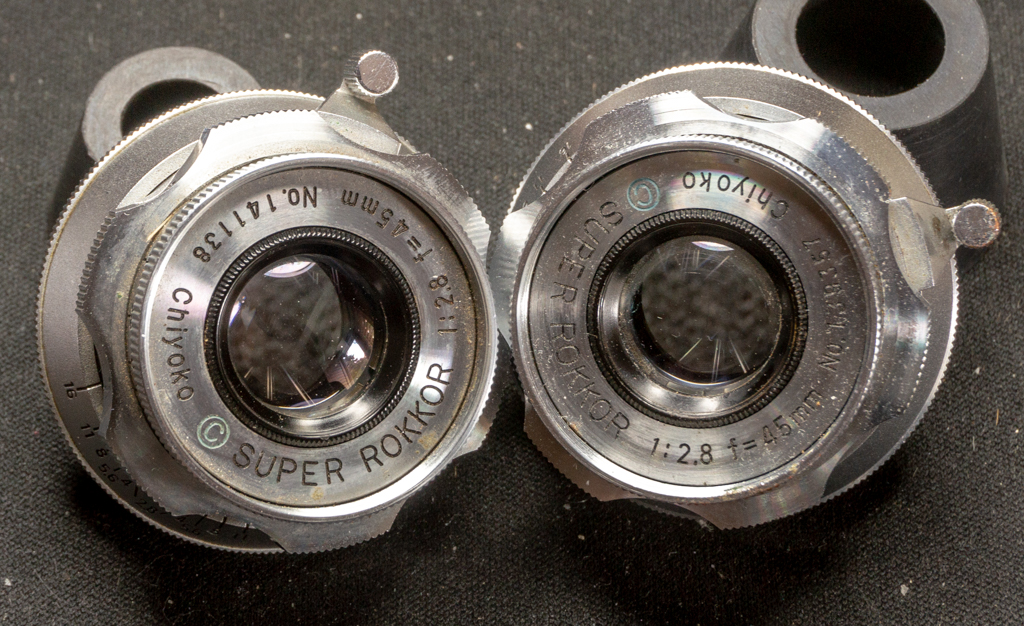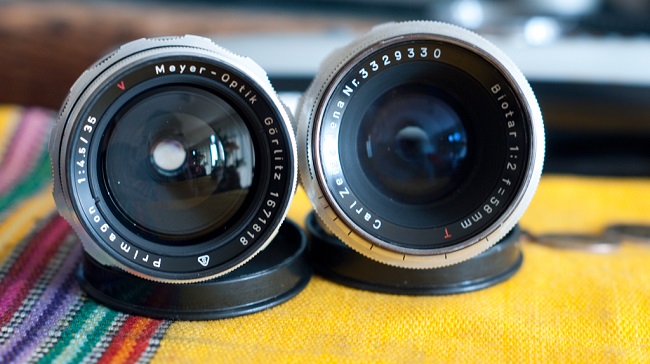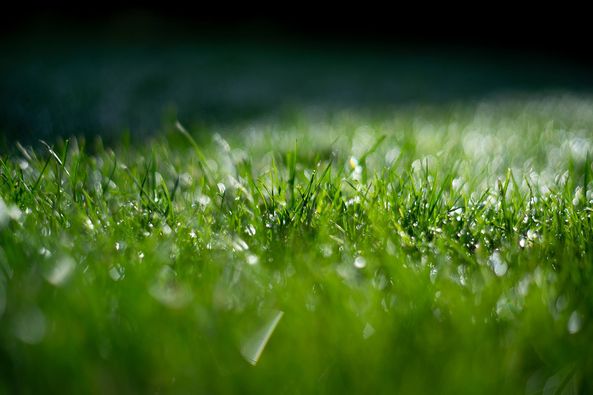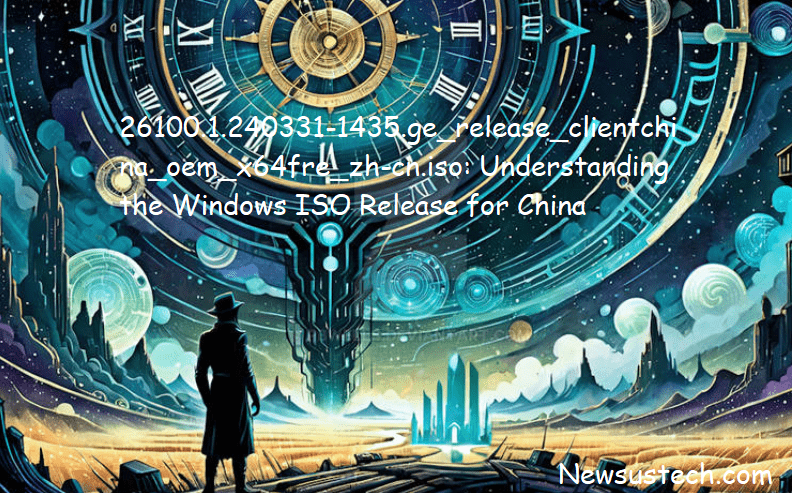Images play an essential role in today’s digital world, ranging from photography to medical imaging, artificial intelligence, and beyond. In many of these fields, Basdalm Separation on Images is a crucial technique used to process and analyze images. Whether you’re a professional in the tech industry or someone just curious about how computers “see” images, understanding the concept of image separation is fundamental. This blog will delve into the various aspects of Basdalm Separation on Images, its uses, techniques, and the importance of this method across different industries.
Introduction to Basdalm Separation on Images
At its core, Basdalm Separation on Images is a process that involves dividing an image into distinct segments or regions, making it easier to analyze and interpret. This segmentation technique helps in identifying objects, edges, boundaries, and other critical components within an image. The term “Basdalm” refers to a specialized algorithm or approach designed to enhance the accuracy and efficiency of image separation.
The importance of Basdalm Separation on Images cannot be overstated. It has applications across various sectors, including medical imaging, autonomous vehicles, video surveillance, and even in creative arts like photography. With this process, computers can break down images into meaningful parts, allowing for deeper insights and better decision-making.
The Process Behind Basdalm Separation on Images
Basdalm Separation on Images typically involves several steps to achieve an accurate separation of objects within an image. Let’s break down the process step by step:
- Preprocessing
Before the separation begins, images undergo preprocessing to improve the quality and prepare them for segmentation. Preprocessing can involve steps like noise reduction, color enhancement, and contrast adjustment to make features more distinguishable. For example, when working with medical scans, preprocessing might focus on enhancing specific tissues or areas of interest. - Identifying Key Features
The next step in Basdalm Separation on Images is identifying key features like edges, textures, and contours within the image. These features serve as guides for the algorithm to segment the image properly. In applications like autonomous driving, edge detection helps the system identify road lanes, vehicles, and pedestrians. - Applying the Basdalm Algorithm
The Basdalm algorithm is applied to segment the image into different regions. This algorithm leverages advanced mathematical models to ensure accurate and efficient separation. One of the key benefits of Basdalm Separation on Images is its ability to handle complex images with multiple overlapping objects, a feature that is critical in industries like healthcare and satellite imaging. - Post-Processing
After the image is segmented, post-processing is often required to refine the results. Post-processing techniques can include merging small regions, smoothing boundaries, or correcting any errors in the segmentation process. This final step ensures that the separated image is ready for further analysis or practical application.
Applications of Basdalm Separation on Images
The process of Basdalm Separation on Images is not limited to a single industry or application. Instead, its versatility allows it to be used in a wide array of fields. Let’s explore some of the most prominent areas where this technique is invaluable.
1. Medical Imaging
In the healthcare industry, Basdalm Separation on Images is crucial for diagnosing and monitoring diseases. Medical professionals rely on image separation techniques to analyze X-rays, MRI scans, CT scans, and ultrasound images. By accurately segmenting tissues, organs, or abnormalities like tumors, doctors can make more informed decisions about treatments and surgeries.
2. Autonomous Vehicles
Self-driving cars are revolutionizing transportation, and Basdalm Separation on Images plays a key role in enabling these vehicles to perceive their surroundings. The technology helps autonomous systems recognize objects like traffic signs, pedestrians, and other vehicles, making it safer for them to navigate on roads.
3. Surveillance and Security
In video surveillance, Basdalm Separation on Images is used to detect and track objects of interest, such as people, vehicles, or unusual activities. This technology is instrumental in enhancing security measures and enabling automated monitoring systems to function effectively.
4. Satellite Imaging
Satellite images are critical in fields like geography, environmental science, and military operations. Basdalm Separation on Images helps in analyzing satellite images to identify natural features like rivers, forests, and urban areas. The technique can also be used to monitor environmental changes or detect potential threats in strategic locations.
5. Photography and Creative Arts
Even in the world of creative arts, Basdalm Separation on Images has its place. Photographers use image separation techniques to enhance or manipulate photos. By separating different elements in an image, artists can apply unique effects, adjust lighting, or create composite images.
Techniques Used in Basdalm Separation on Images
There are several techniques and methods used in Basdalm Separation on Images. While the Basdalm algorithm itself is highly effective, other supplementary techniques are often combined to enhance results. Here are a few commonly used methods:
1. Thresholding
Thresholding is a simple but effective technique where pixel values are classified based on a certain threshold. Any pixel with a value above the threshold is grouped into one region, while pixels below are grouped into another. This method is particularly useful in separating objects from the background in grayscale images.
2. Edge Detection
Edge detection is a technique that identifies boundaries within an image. By focusing on areas of high contrast, the algorithm can pinpoint where one object ends, and another begins. Edge detection is essential in applications like facial recognition and fingerprint analysis.
3. Clustering
Clustering techniques, such as K-means clustering, group pixels based on their similarities in color, texture, or intensity. This method is commonly used in applications like satellite imaging, where different landforms or structures need to be identified.
4. Region-Based Segmentation
Region-based segmentation focuses on dividing an image into regions based on predefined criteria. This method is often used in medical imaging to separate different types of tissues or organs for analysis.
Importance of Basdalm Separation on Images in AI and Machine Learning
In artificial intelligence (AI) and machine learning, Basdalm Separation on Images is critical for training models to recognize and classify objects. AI systems that process visual data, such as image recognition software or robotic vision, rely heavily on accurate image separation to function correctly. When training these models, clear and precise segmentation helps in improving the accuracy and reliability of predictions.
For instance, in AI-driven facial recognition, separating individual facial features like eyes, nose, and mouth is essential for accurate identification. The Basdalm algorithm enhances this process by providing more refined segmentation, even in complex images with multiple faces or varying lighting conditions.
Challenges and Future of Basdalm Separation on Images
Despite its widespread use and success, Basdalm Separation on Images comes with its own set of challenges. Some of the most common challenges include:
- Handling Complex Images Images with multiple overlapping objects or low contrast between regions can be challenging to separate accurately. The Basdalm algorithm addresses some of these issues, but further advancements are needed to improve segmentation in particularly complex images.
- Computational Resources Image separation, especially in high-resolution images, requires significant computational power. With the increasing demand for real-time image analysis in applications like autonomous vehicles and surveillance, improving the efficiency of segmentation algorithms is a priority.
- Accuracy in Medical Imaging While Basdalm Separation on Images has advanced medical diagnostics, there’s always room for improvement in terms of accuracy, especially when dealing with critical medical conditions. Ensuring that algorithms can detect even the smallest abnormalities is crucial for early diagnosis and effective treatment.
Looking forward, the future of Basdalm Separation on Images is promising. With ongoing research and technological advancements, we can expect more accurate, faster, and reliable image separation techniques. Emerging fields like quantum computing and deep learning are likely to further revolutionize this area, opening up new possibilities for real-time image analysis.
Conclusion
Basdalm Separation on Images is an essential process that enables computers to analyze and interpret visual data effectively. From medical diagnostics to autonomous driving and creative arts, its applications are vast and diverse. The Basdalm algorithm, in particular, offers a sophisticated approach to image separation, making it easier to handle complex images with precision.
As technology continues to evolve, the role of Basdalm Separation on Images will only grow in importance. Whether you’re a professional working with image data or simply curious about how computers understand images, having a solid understanding of this technique is invaluable.
By learning more about Basdalm Separation on Images, you’re not only gaining insights into an essential tool for modern technology but also exploring a technique that is shaping the future of visual data analysis.
FAQs about Basdalm Separation on Images
1. What is Basdalm Separation on Images?
Basdalm Separation on Images refers to the process of dividing an image into distinct segments or regions, making it easier to analyze and interpret objects, edges, and boundaries within the image. This technique is widely used in fields such as medical imaging, AI, and photography.
2. How is Basdalm Separation on Images used in medical imaging?
In medical imaging, Basdalm Separation on Images helps doctors and specialists analyze tissues, organs, and abnormalities like tumors in scans such as MRIs and CTs. It allows for a clearer distinction between different parts of the body, aiding in more accurate diagnoses.
3. Can Basdalm Separation on Images be used for real-time applications?
Yes, Basdalm Separation on Images can be implemented in real-time applications like autonomous driving and surveillance systems. The process helps these systems identify and track objects in real-time, ensuring better decision-making and safety.
4. What challenges are associated with Basdalm Separation on Images?
One of the challenges of Basdalm Separation on Images is dealing with complex images with overlapping objects or low contrast. Another challenge is the need for significant computational resources, especially when working with high-resolution images in real time.
5. Is Basdalm Separation on Images limited to digital images only?
While primarily used in digital image analysis, Basdalm Separation on Images techniques can also be adapted for other visual data sources, including video and 3D imaging, expanding its applications in industries like gaming, virtual reality, and film production.







